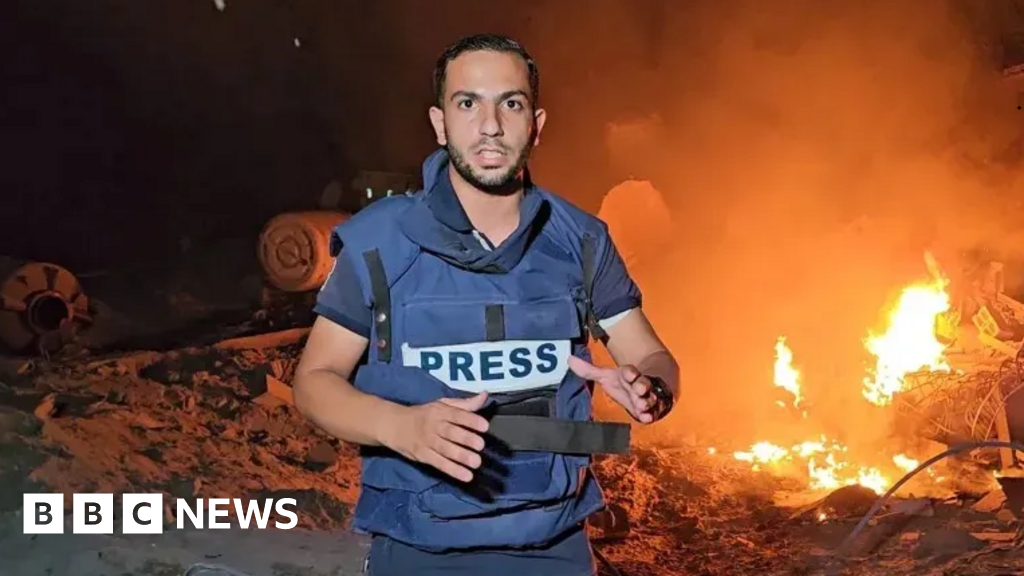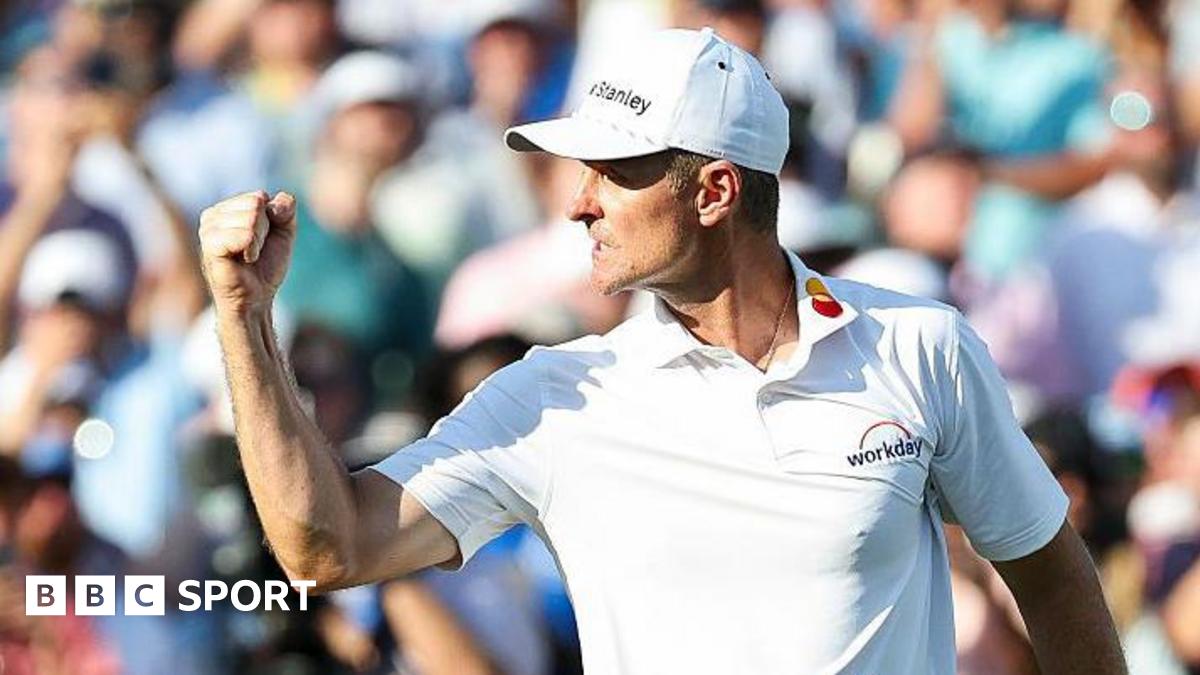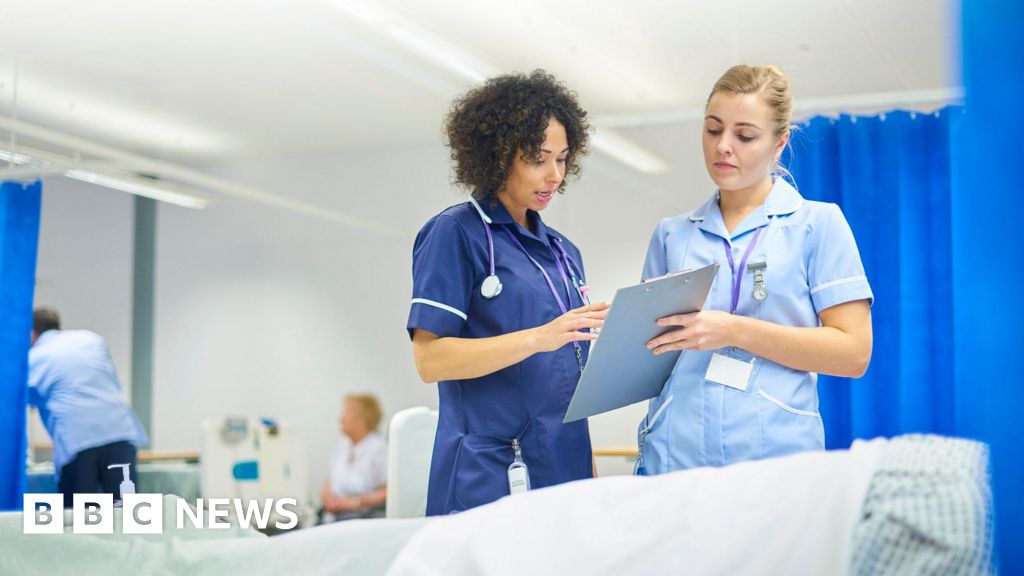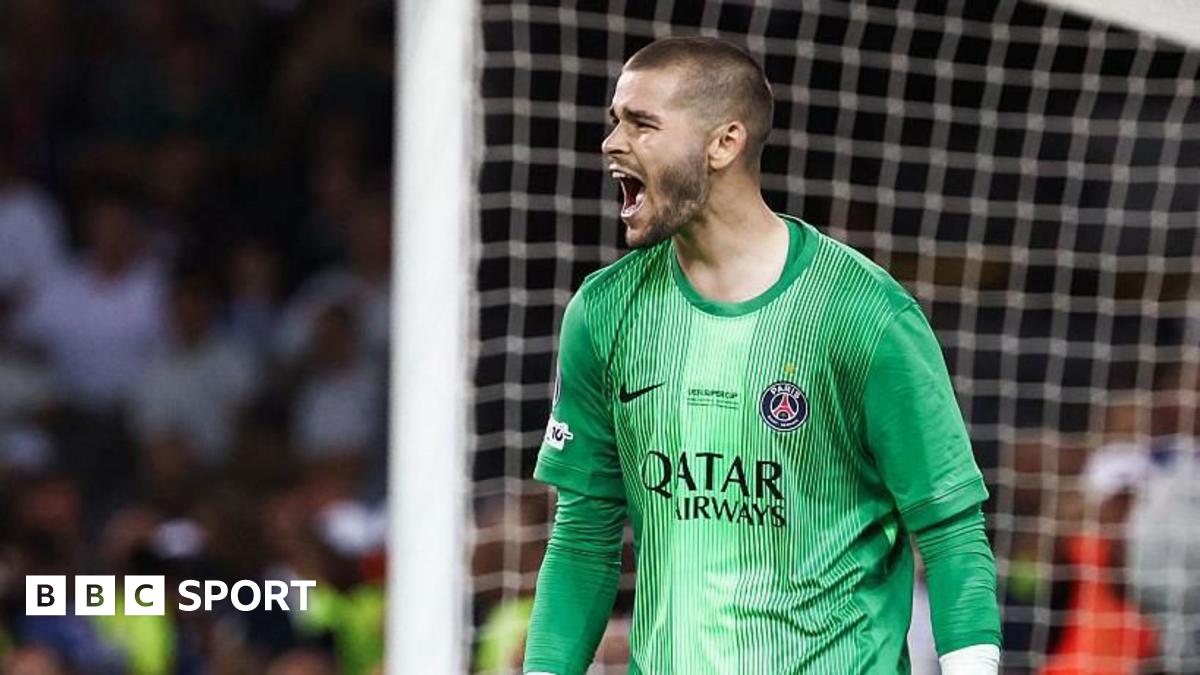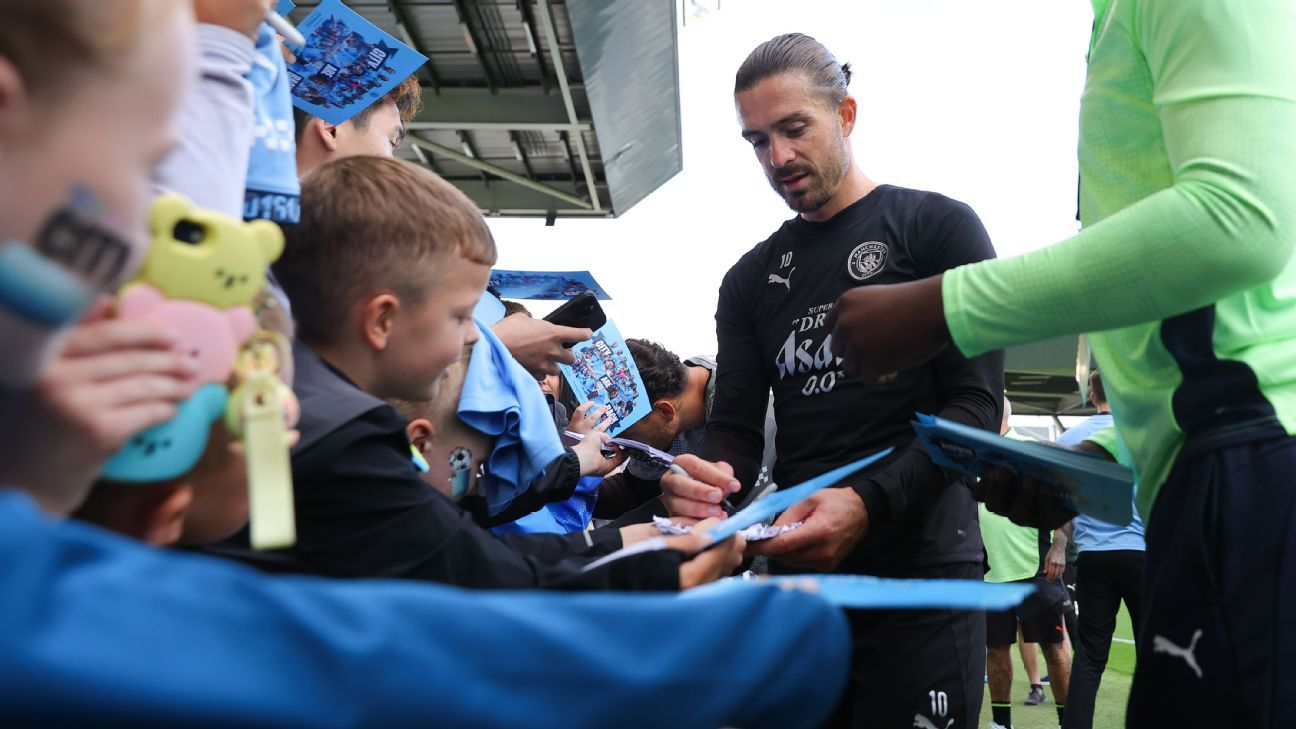Catholics around the world rejoiced on Thursday as the new Pope was revealed following the death of Pope Francis.
Chicago-born Robert Prevost – to be known as Pope Leo XIV – became Francis' successor after two days of voting inside the Sistine Chapel.
The 69-year-old Pontiff speaks five languages, spent decades working in Latin America and Europe, and has a Bachelor of Science in Mathematics.
Dubbed the 'Latin Yankee' by the Italian press, he's a far cry from the more traditional papal image – which is perhaps why bookies and AI alike failed to correctly determine the result.
However, a team of scientists claim to have managed to do so using network science – the academic field which studies vast and complex networks.
In an exhaustive study published online, they analysed 'the network of the conclave' to correctly find the successor to Pope Francis before his announcement.
Study author Leonardo Rizzo, PhD candidate and data scientist at Bocconi University, said on X: 'We "guessed" the Pope using network science.
'We relied on three criteria that determine the “prominence” of a cardinal in the ecclesiastical network.'
Pope Leo XIV was born in Chicago and moved to Peru in 1985. The 69-year-old was named bishop of the parish of Chiclayo in 2015, the same year he became a citizen of the Andean nation. Newly elected Pope Leone XIV appears at the balcony of St. Peter's Basilica at the Vatican, Thursday, May 8, 2025
Chicago-born Robert Prevost - to be known as Pope Leo XIV - became Francis' successor after two days of voting inside the Sistine Chapel. Pope Leo XIV appears at the central balcony of St. Peter's Basilica for his first Sunday blessing after his election, in St. Peter's Square, Vatican City, Vatican, on 11 May 2025
When a Pope dies or resigns, cardinals under the age of 80 are eligible to vote in the upcoming papal election (the 'conclave').
Voting takes place by secret ballot under Michelangelo’s famous painted ceiling at the sacred Sistine Chapel in Vatican City.
Four rounds of balloting are taken every day until a candidate receives two-thirds of the vote – and a new Pope is chosen.
The final ballots are burned with chemicals that produce white smoke which emanates from the chimney of the Sistine Chapel, as seen on Thursday.
The Italian researchers call this 'the most classic of rituals where mystery and spirituality intertwine with history'.
There's no doubt that the process of electing the Pope is a secretive one, aware from the glare of the world's public and media.
Behind the closed doors of the Conclave, dynamics are at play that resemble those of a presidential election or the appointment of a CEO by a board of directors, they say.
'Even in the church, as in any human organization, relationships matter,' said study author Giuseppe Soda, professor of social network analysis at Bocconi University.
The final ballots are burned with chemicals that produce white smoke which emanates from the chimney of the Sistine Chapel, as seen on Thursday
Strongest names in the Conclave, according to the study
- Robert Prevost (moderate, US)
- Lazzaro You Heung-sik (soft liberal, South Korea)
- Arthur Roche (liberal, UK)
- Jean-Marc Aveline (soft liberal, France)
- Claudio Gugerotti (soft liberal, Italy)
'The more connected, listened to, and central an individual is in the flow of information, the more likely they are to become a unifying figure.'
The experts analysed interpersonal relations between the papal conclave, the gathering of the College of Cardinals convened to appoint the Pope.
This let them work out who works with whom and in what contexts, strong bonds of 'loyalty and recognition' within members, and 'informal relationships' as inferred from media sources.
They created a map of ecclesiastical power capable of anticipating the strongest names from the College of Cardinals – with Robert Prevost (Pope Leo XIV) emerging as the key figure in their metrics of 'status'.
In this metric, he ranked ahead of Lazzaro You Heung-sik from South Korea, Arthur Roche from the UK and Jean-Marc Aveline form France.
However, for two other metrics – 'information control' and 'coalition building capacity' – they picked other candidates (Anders Arborelius from Sweden and Luis Antonio Tagle from the Philippines, respectively).
'The elected Pope scored first in our metrics of Status (eigenvector centrality),' added study author Leonardo Rizzo on X.
'While we weren't try to "guess", our aim was to show that a robust methodology, grounded in sound theory, can illuminate even the most obscure corners of human behavior and organizational dynamics.'
Faithful crowd St. Peter's Square at the Vatican, where newly elected Pope Leo XIV delivered his first Sunday blessing from the central balcony of St. Peter's Basilica, May 11, 2025
People react as white smoke (unseen) signals that cardinals elected a new Pope in the Vatican on Thursday (May 8)
The trio insist they are 'scientists, not bookmakers' and the election is the result of 'many variables' including 'spiritual inspiration' and diplomatic skills.
'The election of the Pope remains a process steeped in sacredness that commands great respect,' said Professor Soda.
'Science, in this case network science, can only contribute to improving our understanding of the human processes that accompany it.'
Researchers outline their full results in a webpage published May 8 on the Bocconi University website.
The science of how Pope Francis will be embalmed: Step-by-step, how the body is prepared to lie in state for three days
Pope Francis, the first Pope from Latin America, died April 21 at the age of 88.
With the weather in Rome remaining warm and humid, the body needs to be embalmed to prevent the rapid onset of decay.
Although the details of this process have historically varied from Pope to Pope, Pope Francis' body will likely be drained of blood and flooded with preservative chemicals.
Veins will be opened in the Pope's neck and a mixture likely containing dyes, alcohol, water, and formaldehyde will be pumped in.
Just like a blood transfusion, this preservative mixture will wash through the circulatory system and push out the congealed blood which would lead to decay.
The formaldehyde mixture will then kill any remaining bacteria and 'bind' the proteins in the Pope's cells to prevent the body's own enzymes from breaking them down.
 (1).png)
 3 months ago
65
3 months ago
65











